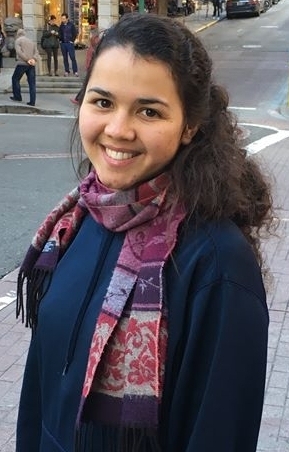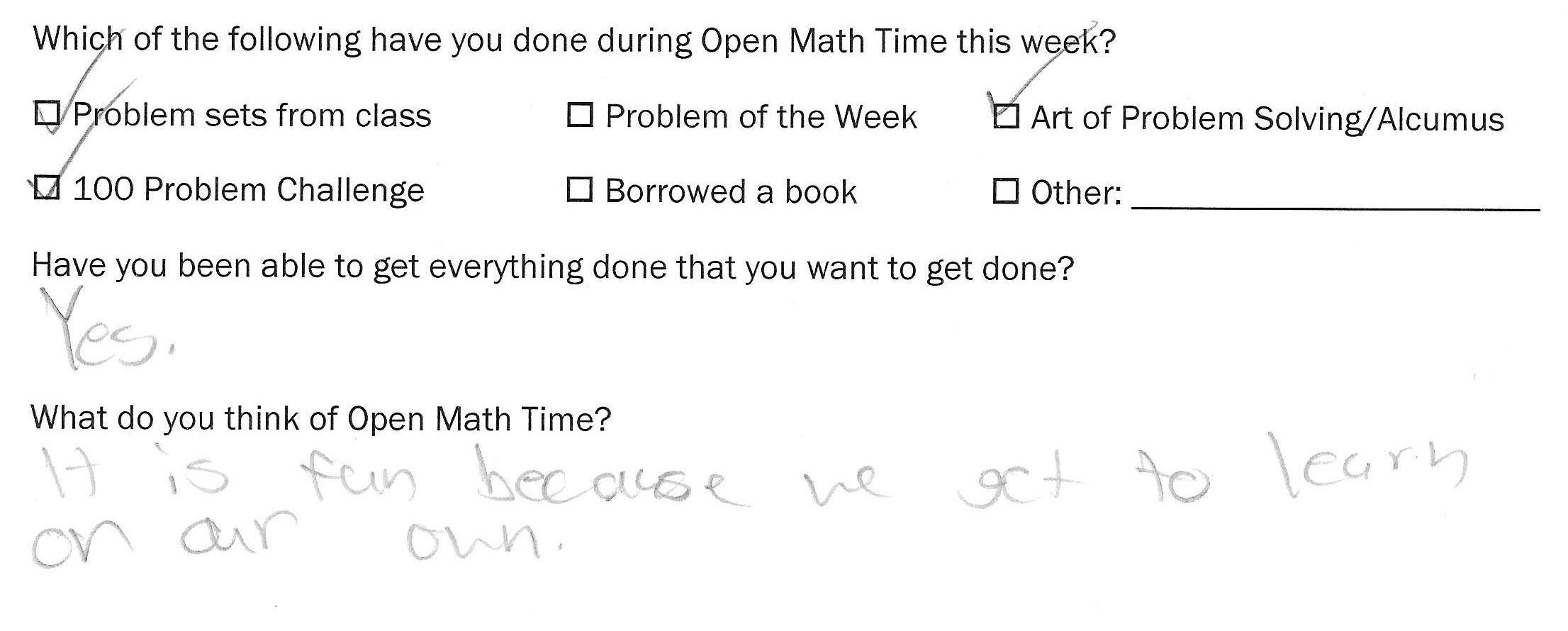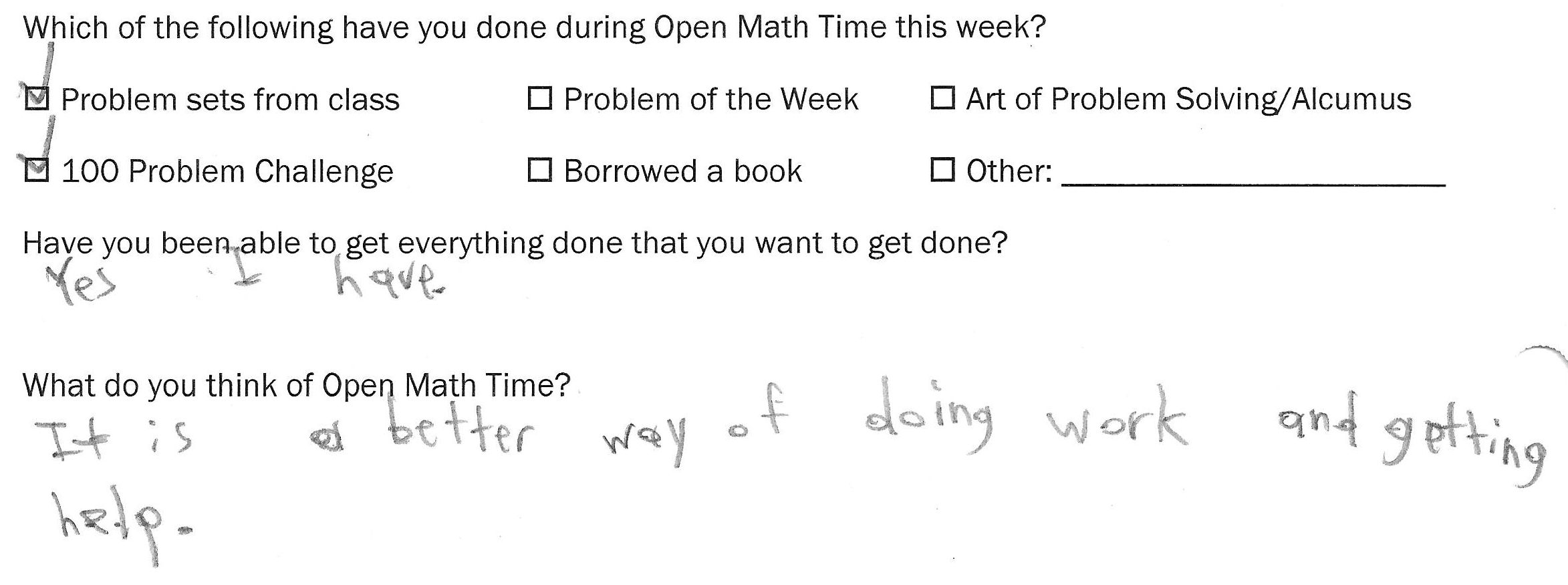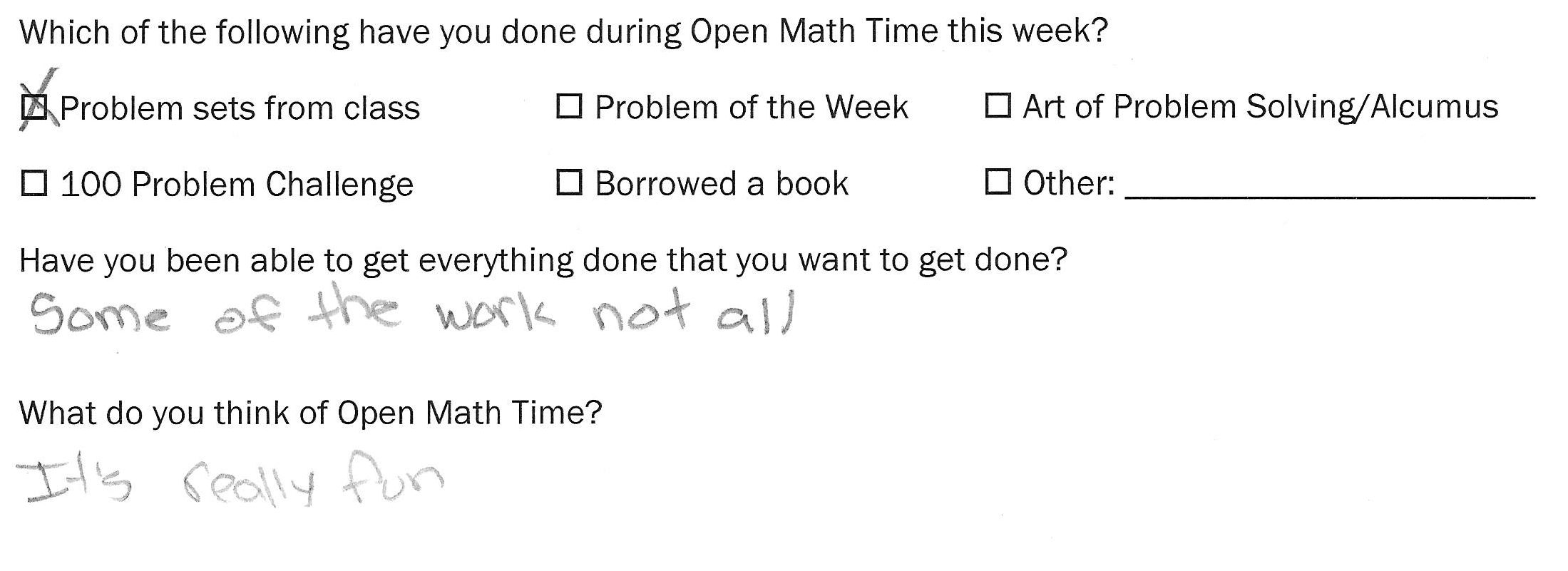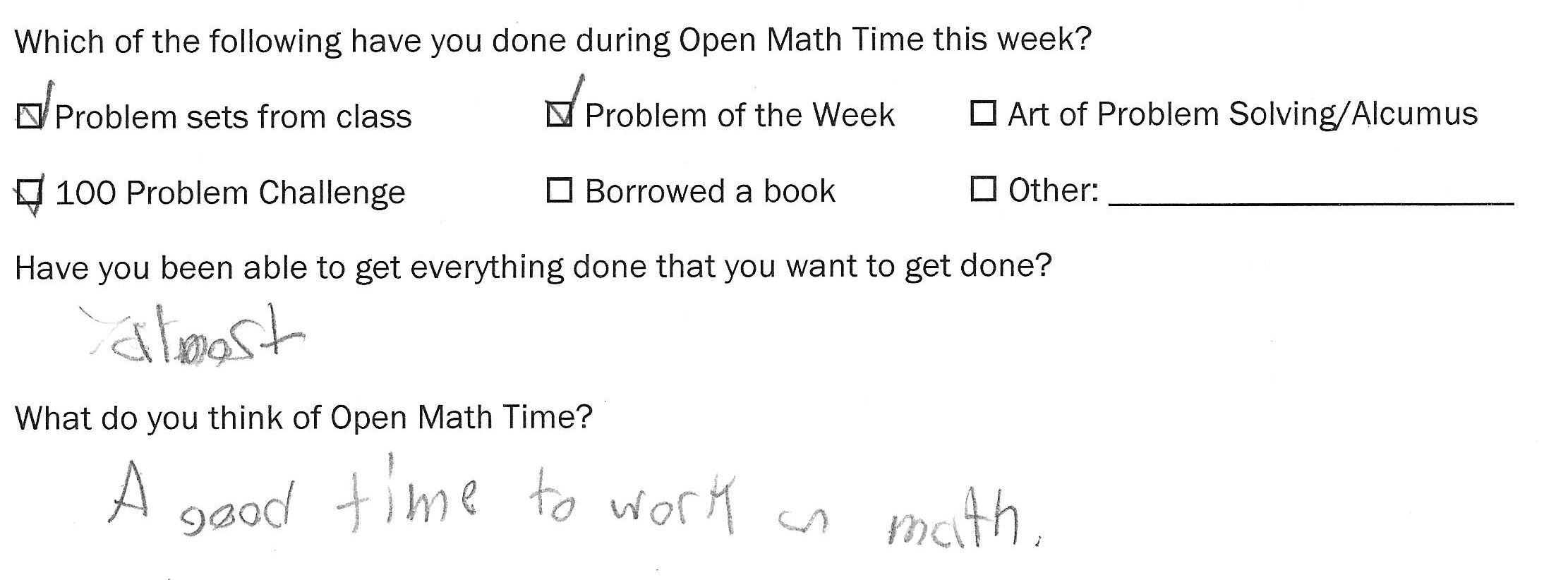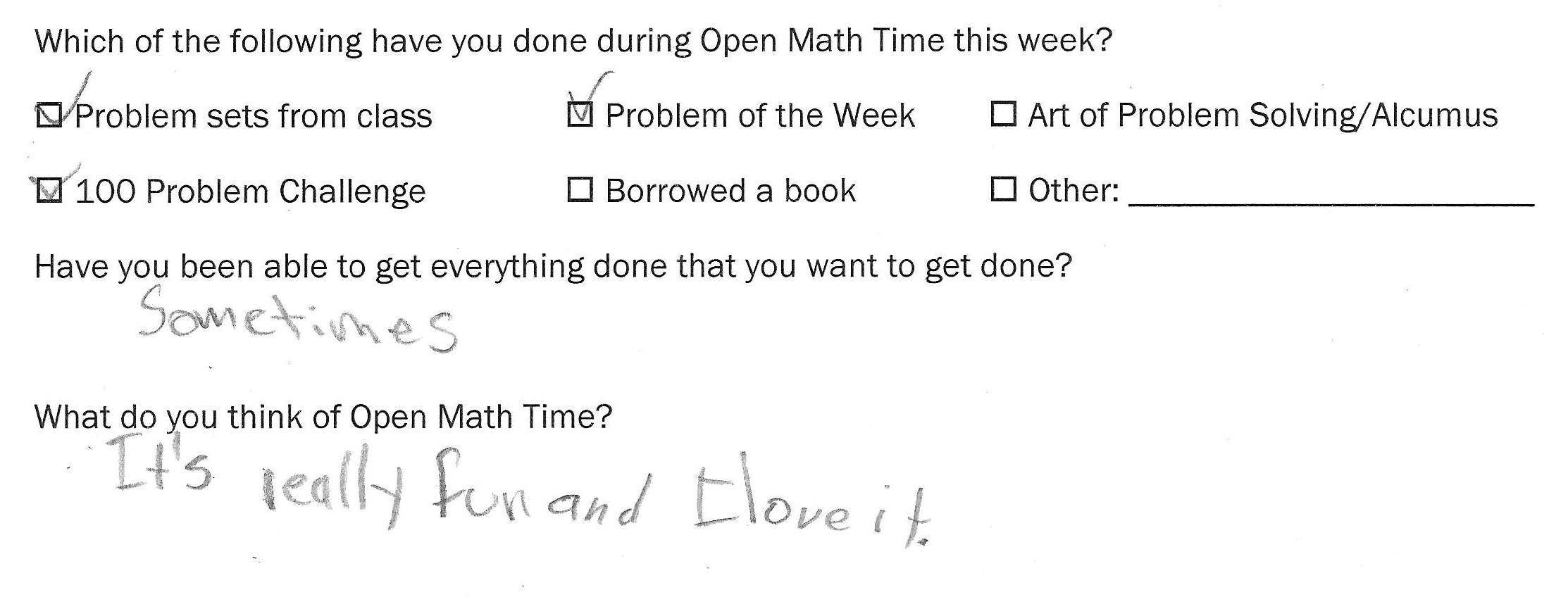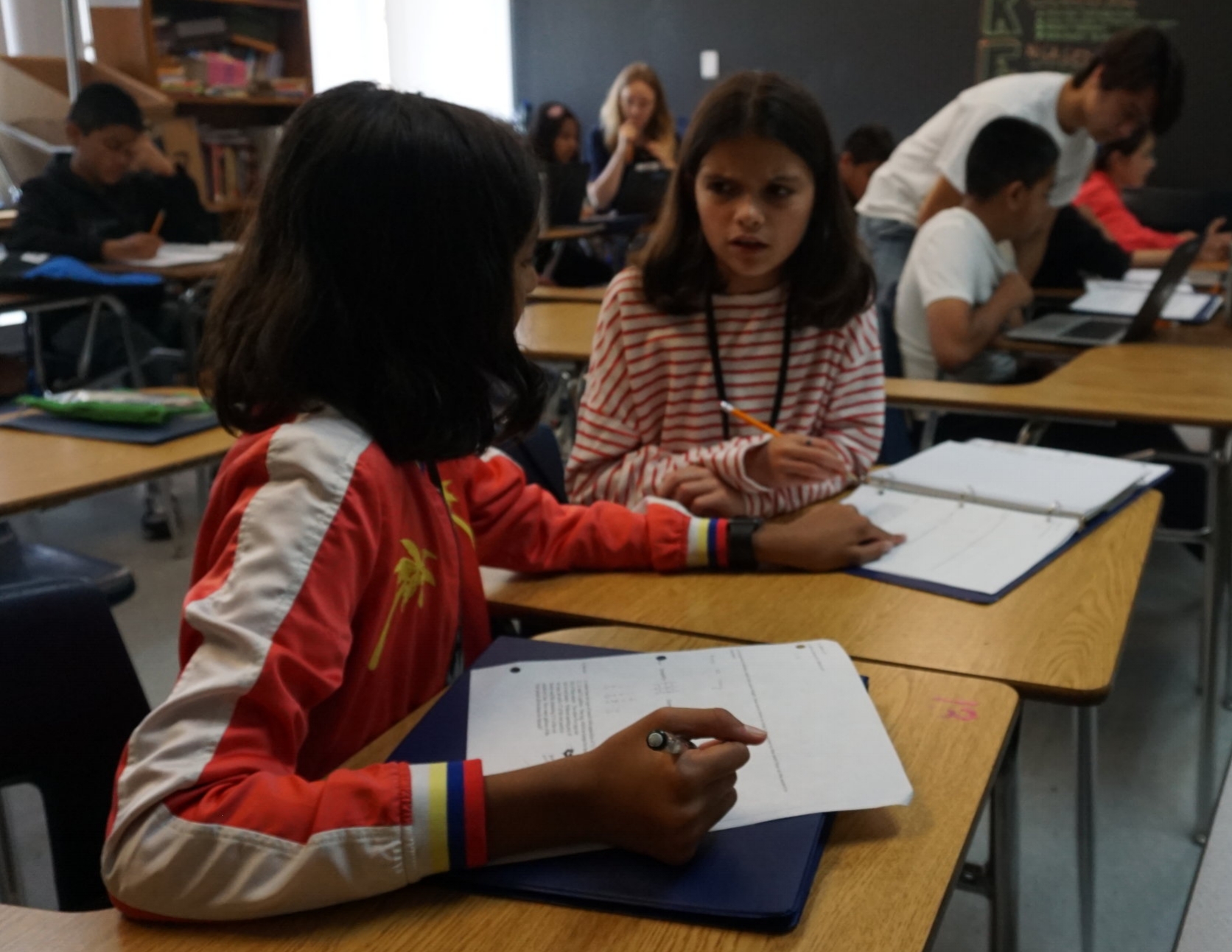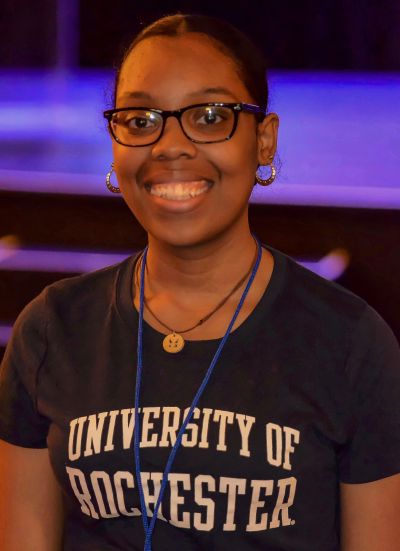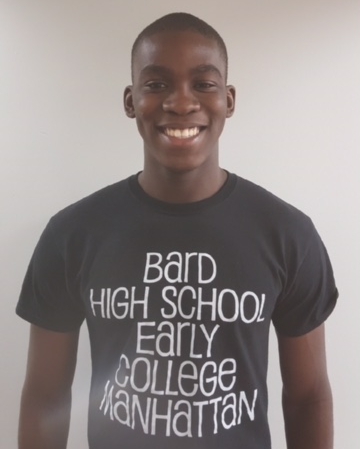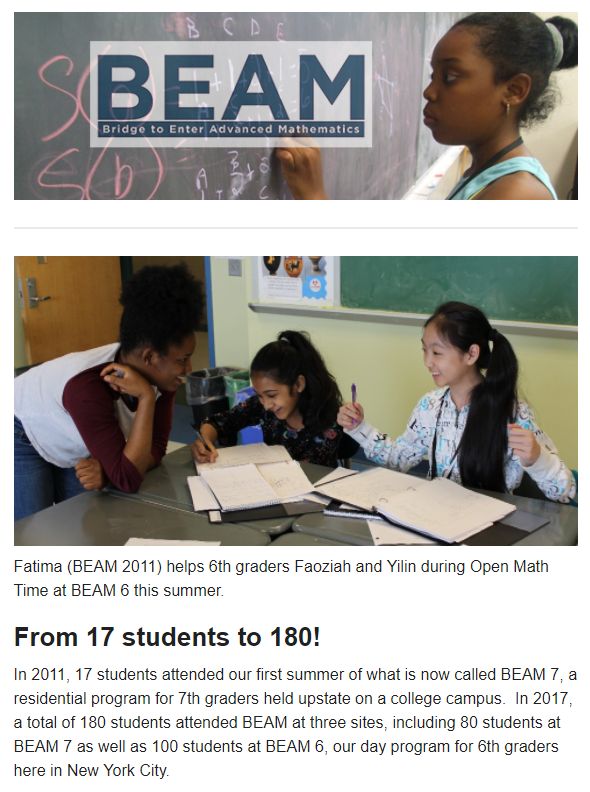“Thank you for such a great experience at BEAM. BEAM has made this summer the best summer of my life. I won’t ever forget about BEAM and will keep on exploring math.”
Recently, we asked Jacob Castaneda, BEAM's Executive Director of LA Programs about the first summer of BEAM 6 Los Angeles. Here's what he had to say:
It’s hard to believe that the first summer of BEAM 6 LA is now complete. On any given day, you would see an assortment of activity: frustration and enthusiasm from problem solving, silliness during breakfast, curiosity during class, passion during Open Math Time. Above all, you could feel a strong passion for deep mathematical thinking. The program was a success, and I firmly believe that the thing that tied it all together was the students' camaraderie and the understanding that everyone was at the program to grow.
From left to right, Sharon, Daniel, Rihighna, and Valerie work on problem sets during OMT.
Clockwise from left: Emily L., Matthew, Adila, Galadriel (Counselor), Adib, Jarek working on one of the 100 Problems.
You could walk into any classroom this summer you would find students engaged in conversation around their mathematical thinking. I miss Open Math Time the most; I loved walking around and talking to groups of students collaborating on problems, having productive discussions and trying to explain their thinking to their peers.
Without fail, I could always find Sofia, Abigail A., Fernando, Oscar, Matthew, Adila, and Emily L. sitting with a counselor in the hallway outside of the trapezoid-shaped room, working on one of their problem sets or some other interesting puzzle.The music room had a high-energy group that liked to verbalize their solutions to problems, especially when twins Brissia and Rubi worked with Angel.
David (right) and Erick A. (middle) solved one of the challenge problems, so Meghan (left) writes their names on the poster.
Sometimes, Oscar would break from the trapezoid crew to work with Adib and Jarek on one of the remaining problems from the 100-Problem Challenge. Nearly half of the challenge problems were solved by groups of 2 or more students!
Faculty members also played an essential role in creating a strong community of mathematicians. Sam, our cryptography instructor, had students work in groups for weekly scavenger hunts whose clues were only readable through deciphering some code using a decryption technique learned in class. Diana had her math fundamentals class work in teams to analyze and interpret translations in Euclidean space. A math professor from Harvey Mudd visited our combinatorics class and was moved by the teaching strategy employed by Javier, the instructor. In that class, students were presented with a combinatorial pattern and asked to develop a conjecture and share it with their classmates, forming groups based on common reasoning and working to validate or invalidate others' conjectures.
Math relays, held every Friday afternoon, gave students a chance to work in teams to solve challenging math problems. Staff members selected which students worked together, giving students an opportunity to work with new people each week. It was an absolute joy to see mixed groups work together, often for the first time, and achieve success with the problems. The buzz during Relays was palpable, and students were encouraging towards one another, even when they weren't on the same team.
It's great to see the excitement about BEAM spill over into the start of the school year. We've received several submissions for the first challenge set and interest for pre-algebra classes. We expect to continue the mathematical momentum during our next math competition, set to take place in early November.
The unity among students was evident throughout the program. They supported one another in problem solving, combining their efforts to arrive at solutions. It was clear that the BEAM 6 community boosted the confidence of several students and left a lasting impression on their math journey.
But don’t take my word for it! Here’s what our summer students had to say about their experience at BEAM 6:
On the topic of Open Math Time, Rubi says "It was cool because I got to work with other people."
Rubi is a student at New Open World Academy.
"I feel more confident in myself."
Edilson is a student at Alliance Richard Merkin Middle School.
"I've gotten smarter & it's easier to work in groups."
Cherokee is a student at UCLA Community School.
"I achieved learning new things. I can apply the things I learned here in school and maybe even teach my friends at school about the things I learned."
Jamie is a student at the New Open World Academy.
"At first, I didn't felt [sic] like going to BEAM but then you supported me and I got accepted. Now I feel like BEAM is a family to me. Thank you."
Daniel is a student at Young Oak Kim Academy.
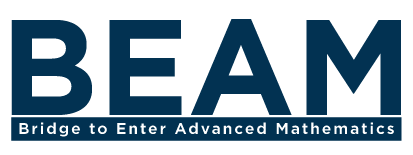



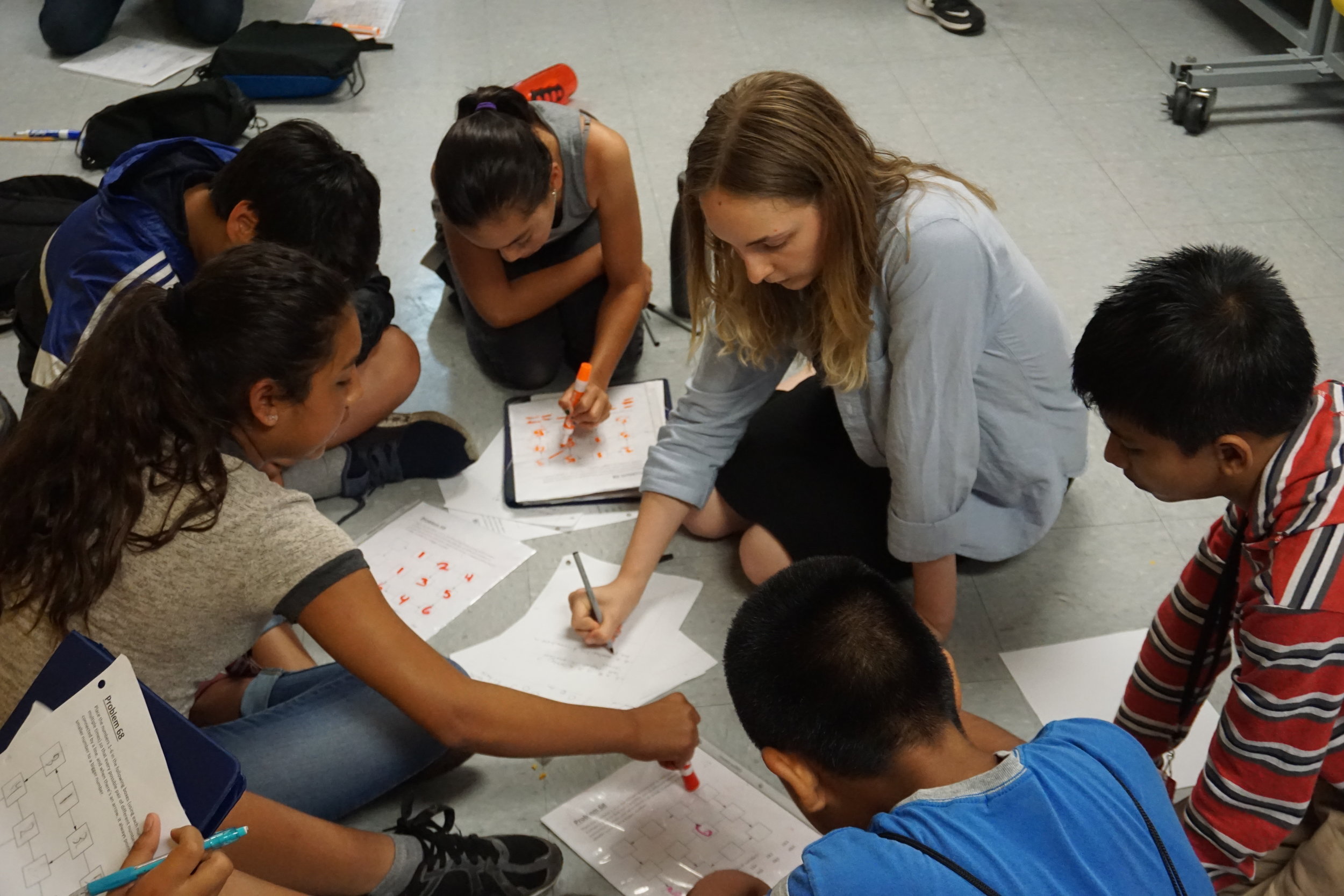










!["At first, I didn't felt [sic] like going to BEAM but then you supported me and I got accepted. Now I feel like BEAM is a family to me. Thank you."Daniel is a student at Young Oak Kim Academy.](https://images.squarespace-cdn.com/content/v1/561a6eede4b0448989c88951/1536615478385-EES7UQE1YXJJ7MF8UV5L/Daniel+P+Quote.jpg)
